QuestionHi,
I have just recently bought a new 10 galon tank kit from walmart (includes filter, heater, light hood) i conditioned the water and everything all set up fine ( my dad has a zoology degree and used to raise guppies, he helped me set it up so it should be fine) yet for some reason he cant tell me whats wrong soooo...
heres my problem.
I bought 3 male guppies from petco yesterday two are very happy right now, but one is constantly lying on the bottom in the corner. Every once and a while he will move and swim , but when he does he swims very funny and only for a little while (durring feedings and such) ive also notice that the other guppies are seemingly starring at him while he is in this state.
is this just him getting used to the new enviroment, or is he sick.
Thanks
AnswerHi Kevin;
Since you have all males, the others may be intimidating him. Provide plenty of hiding places for him to get away. It could simply be shock from having a new home too. He will adjust eventually as long as he is healthy.
Watch for signs of disease also. Look for spots, dots, or patches on him that don't look right. Fish hide when they get sick.
Remember that this new tank will have to go through the "Break-in Period" too. Here is my article on it to help you through;
**********
New Tank Syndrome or Break-in Period
So you have a new tank and you filled it up, put the filter together, mounted the heater into place and turned on the lights. You have all the plants and decorations where you want them....
You are ready for fish.
But, your filter is not ready for a full tank of fish yet.
The filter is running and moving the water and cleaning out crud, right? Of course!
But a very important part of your filter is the part you can't see. An aquarium filter removes the larger visible stuff, but it also must remove the dissolved fish waste that turns into ammonia in the water. To do this, special bacteria must grow in the filter system and on the particles of gravel in the bottom of your tank. This process occurs even on a limited scale in little fish bowls that have no filter in them.
This is "New-Tank Syndrome" or the "Break-in Period". The entire process takes 6 to 8 weeks to complete because these "nitrifying" bacteria grow quite slowly.
Start off with only two hardy fish for every ten gallons of water and don't add more until the 6 to 8 weeks has gone by. Hard to be patient, but it is worth it to keep your fish alive and healthy. As a matter of fact, the bacteria cannot develop without fish in the tank. You can let that tank sit forever without fish in it, but as soon as the first fish goes in the process begins. Avoid changing the filter pads during break-in. This removes the bacterial colonies that are essential to a balanced aquarium. You can rinse the filter pad out in a container of aquarium water. This will preserve most of the bacteria colonies while still allowing your filter to flow freely. Even using bacteria additives and water conditioners when you first set up the tank will not make a tank cycle by itself. If there are no fish to provide food (fish waste) for the bacteria, the beneficial bacteria cultures will die and you will have to start the colonies all over again once fish are added to the tank.
Feed your new fish VERY lightly. Any excess food will cause additional waste your system cannot afford to have right now. If you see food floating around or lying on the plants and gravel after five minutes, too much food is going into the tank. Cut back a little each time you feed until it is ALL gone 5 minutes after you feed them.
During this "break-in period" your tank will become cloudy and milky looking. You may have to tolerate this for the entire break-in period but it is only temporary. Changing 25% of the water three times a week until the break-in period is over helps a great deal. Changing water reduces the ammonia and nitrites that rise while the bacteria continues to multiply. If ammonia and/or nitrites become too high, your fish will become stressed and possibly die. Use a good water conditioner when you replace the water and make sure it is the right temperature to avoid shocking your fish.
When the break-in is over after 6 to 8 weeks and there are no nitrites or ammonia present in the water you can slowly add more fish. Add one or two every week until you reach the desired population. This allows the bacteria to adjust to the new population every time before adding more. Monitor the nitrites and ammonia to be sure they don't come up. If they do, make a 25% water change and check them again. Don't add the next fish until the levels are down again.
The safe maximum population for any size tank is one inch of adult fish for every gallon of water in the tank. Do some research to be sure of the fish you are interested in. Even though they are small when you buy them, you have to base your population calculations on full-sized adult fish. Many hobbyists have up to two inches per gallon but this can be risky. If a water quality issue arises or a disease occurs it will spread fast and furious in an over-populated tank. In any case, 25% water changes every week to two weeks are absolutely essential for the health of your fish.
Following these guidelines will help you get your new tank on the right track.
**********
You can join us on the freshwater fish forum at About.com to get even more information too;
http://forums.about.com/ab-freshaquaria/start
There is a wealth of information there. My member name is ChrisR62. See You There!
Followups welcome
At Your Service;
Chris Robbins

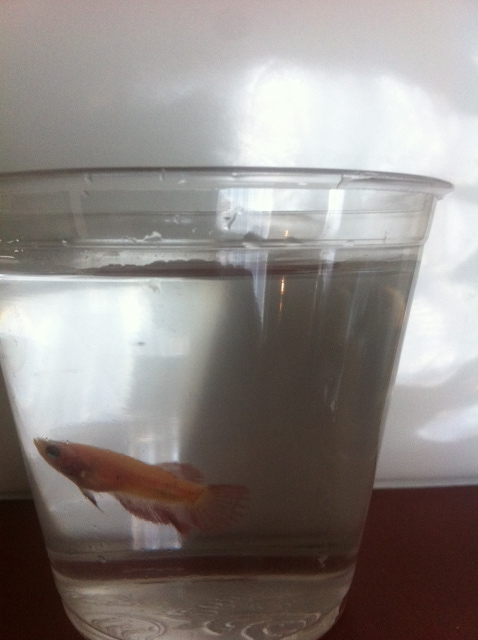 Black Spot/Outlining on Female Betta Picutre Update
QuestionQUESTION: Hello,
I recently purchased a female
Black Spot/Outlining on Female Betta Picutre Update
QuestionQUESTION: Hello,
I recently purchased a female
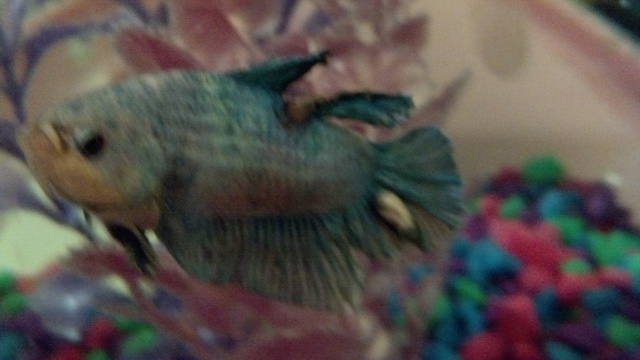 Beta fin body rot
Question
George
My beta is in a1 gallon glass fi
Beta fin body rot
Question
George
My beta is in a1 gallon glass fi
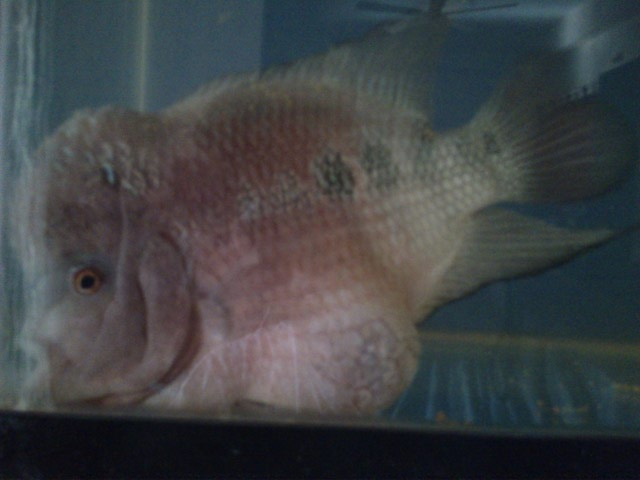 Dropsy, Bloated Stomach
Question
Flower Horn Flower Horn
Hello,
My
Dropsy, Bloated Stomach
Question
Flower Horn Flower Horn
Hello,
My
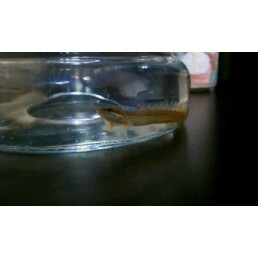 dyno fish
Questioni thinks its called a
QUESTION: i just
dyno fish
Questioni thinks its called a
QUESTION: i just
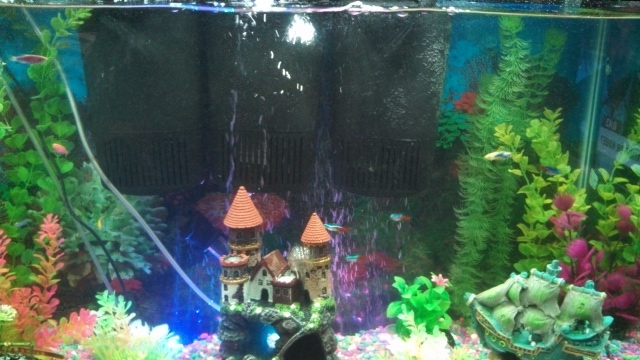 ammonia 0.02
Question
ammonia
Ammonia 0.02 is that a reason t
ammonia 0.02
Question
ammonia
Ammonia 0.02 is that a reason t